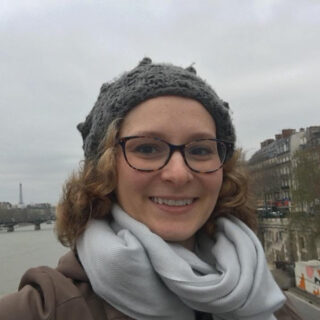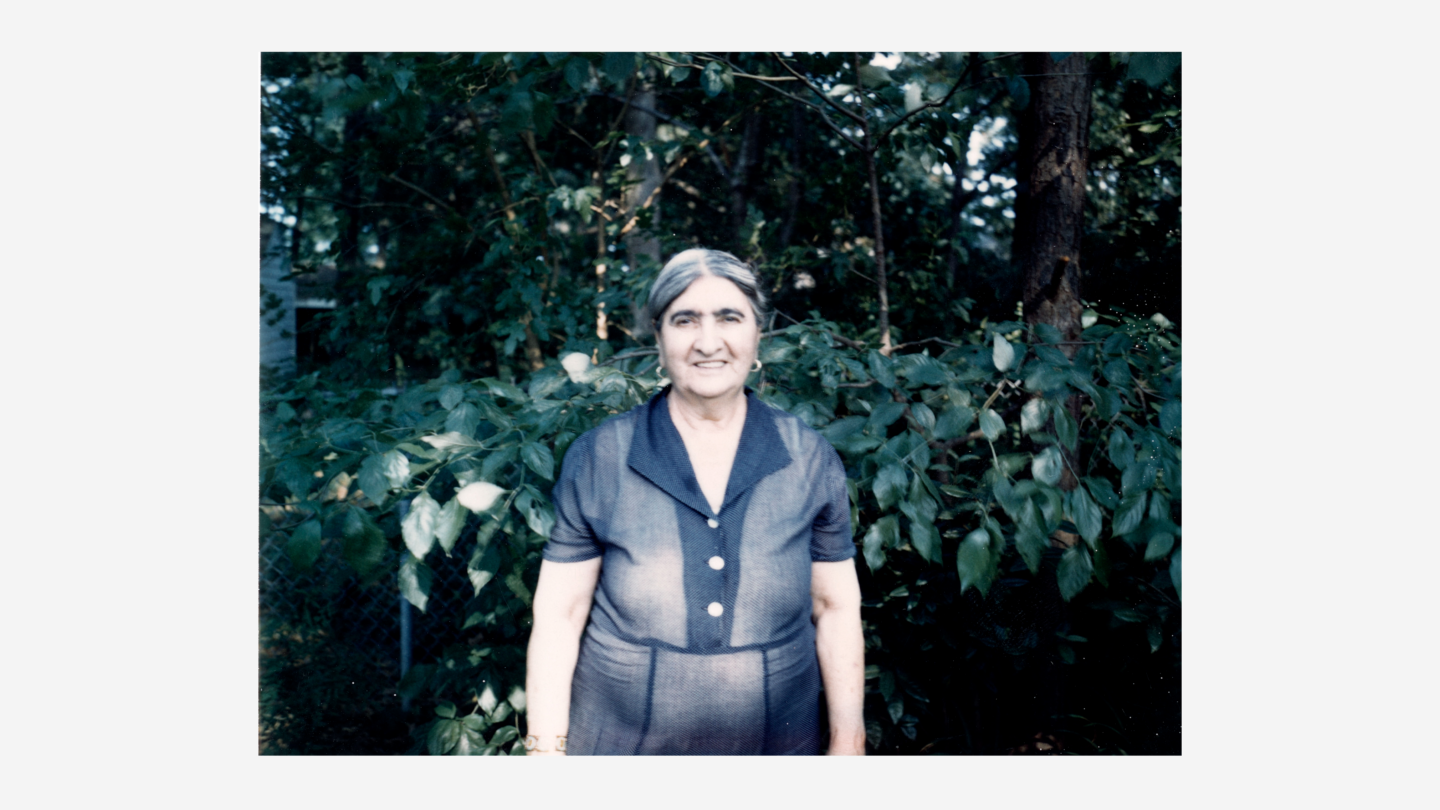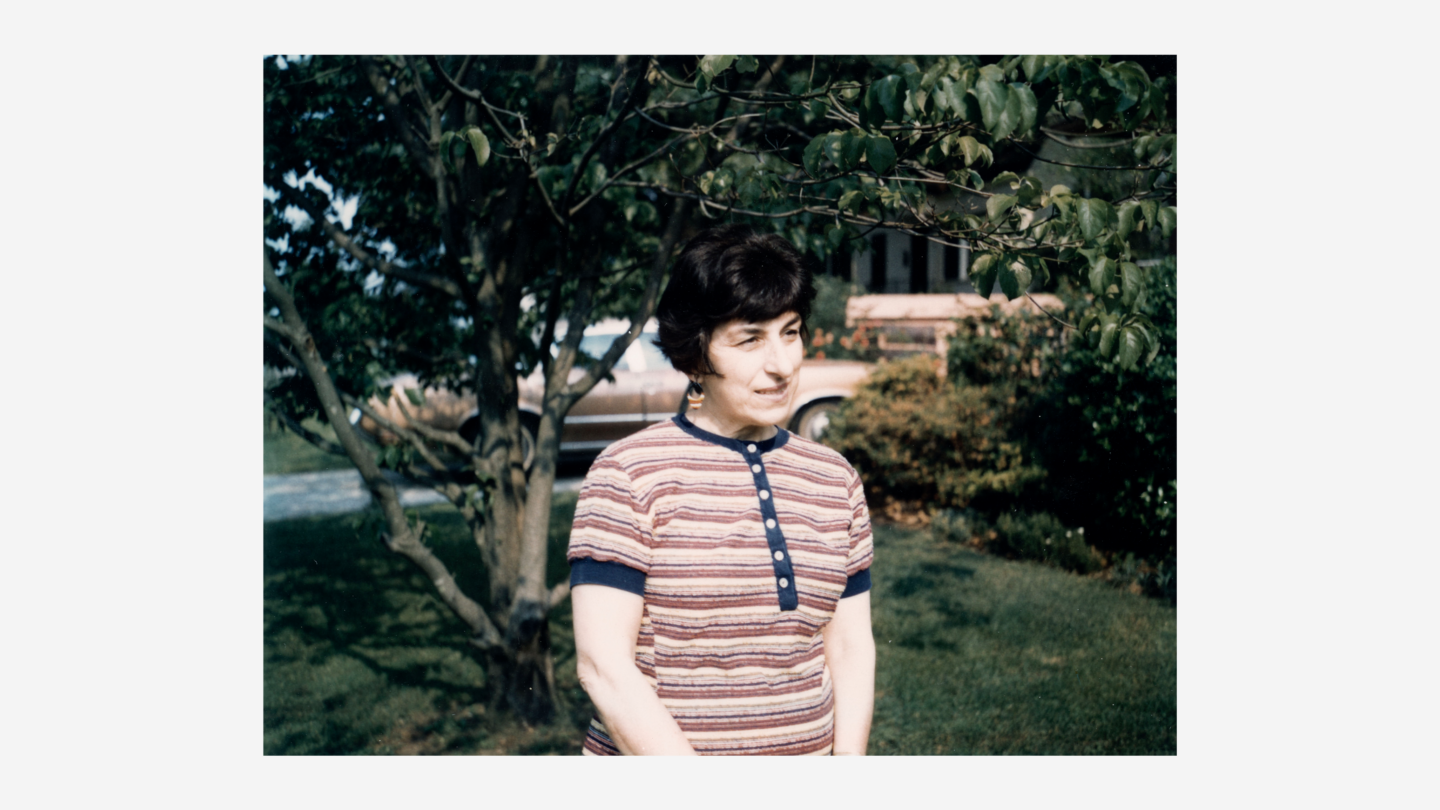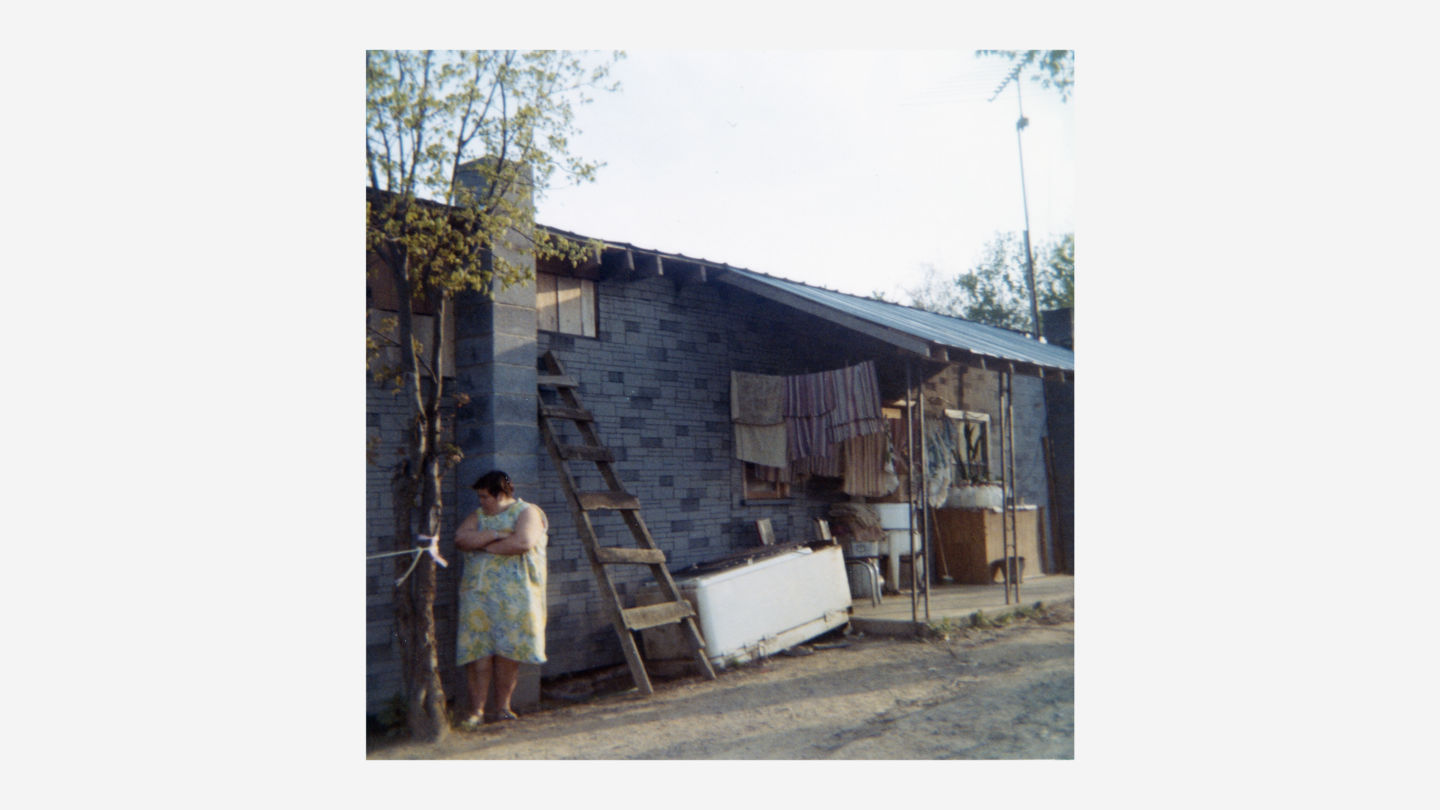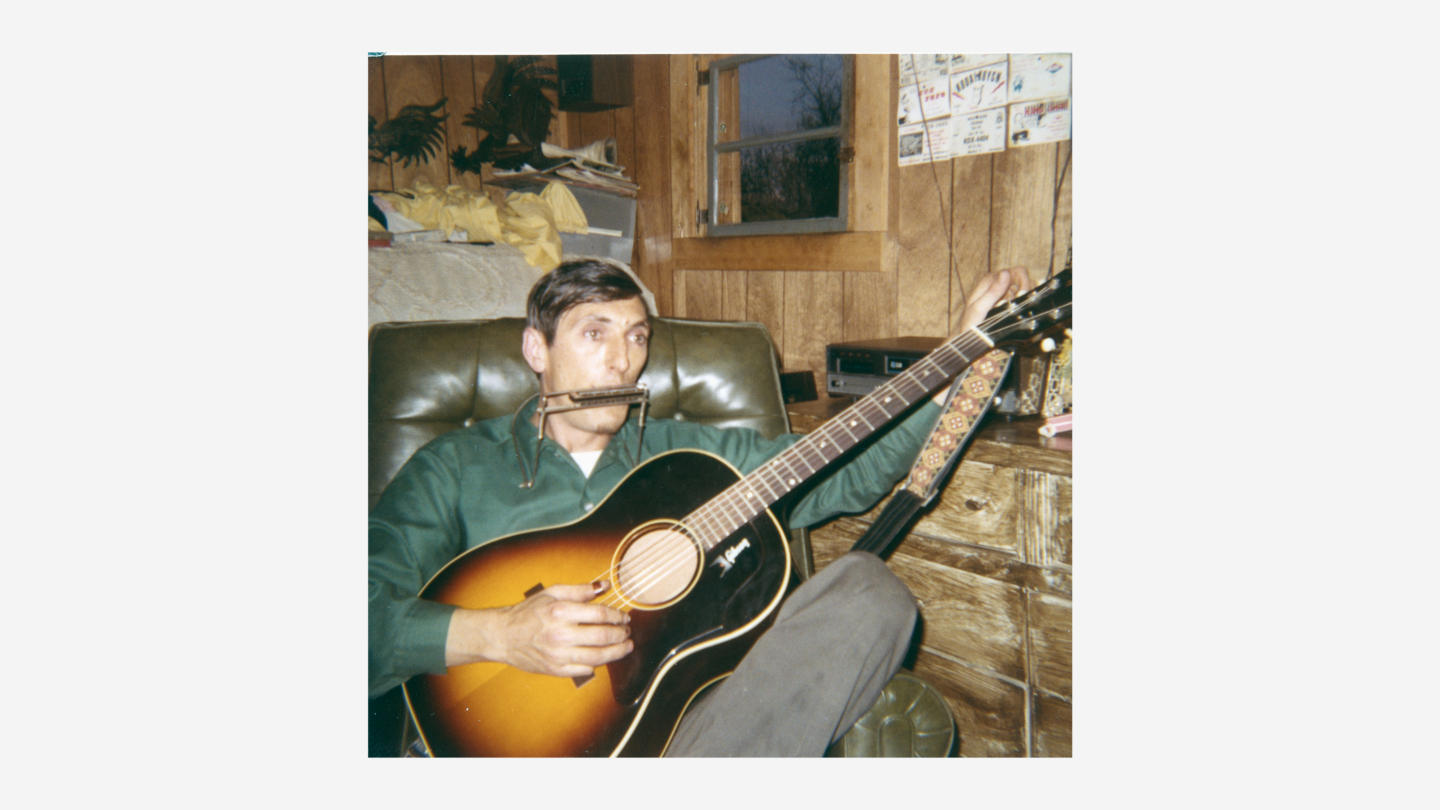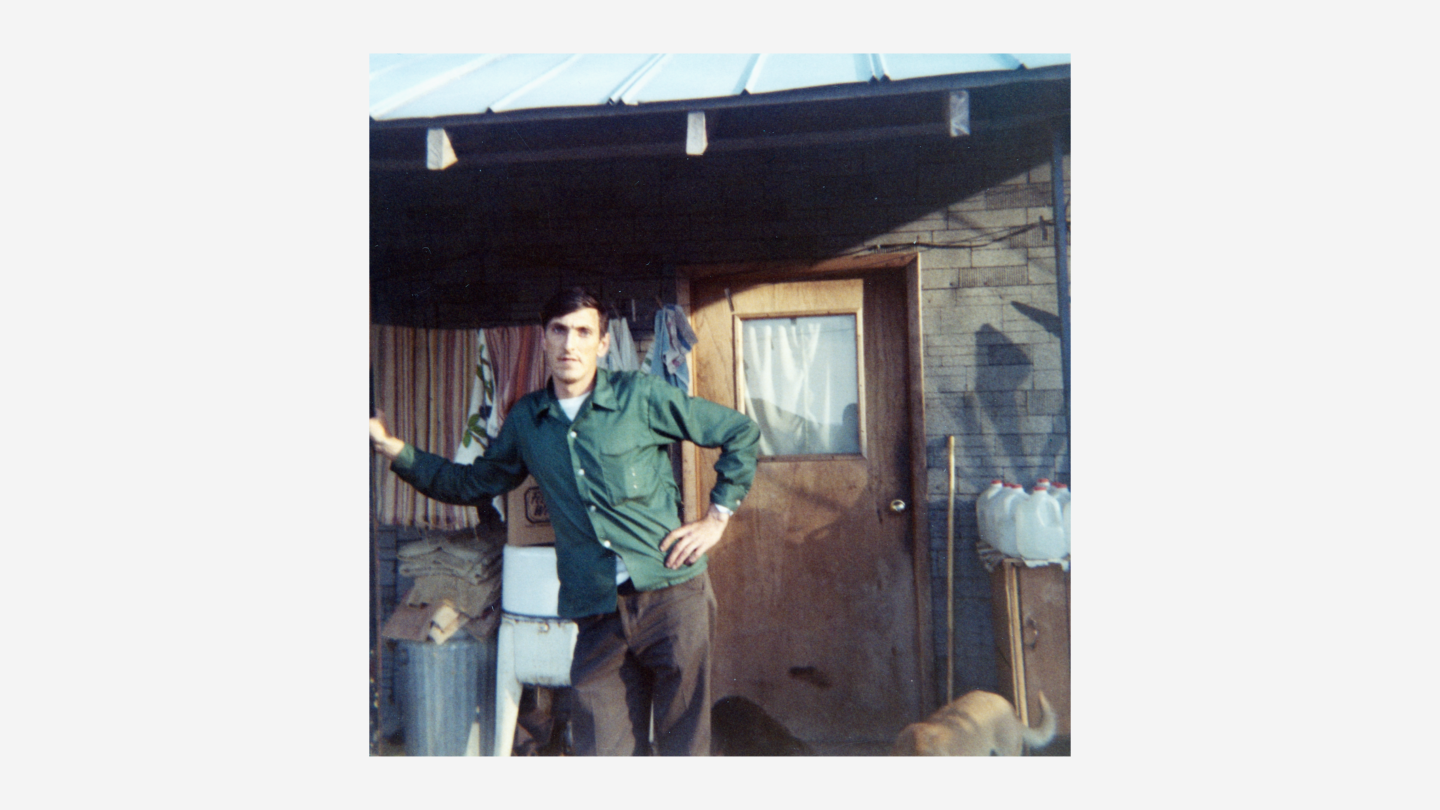Since writing my first blog post on the John Burrison Georgia Folklore Collection in 2023, I have continued to work on this unique collection that contains interviews conducted by Georgia State University students enrolled in Dr. Burrison’s folklore curriculum. The interviews are about folklore and life in the Southeast (mainly rural Georgia), and common topics include crafts, storytelling, superstitions, jokes, remedies, songs and ballads, and traditions.
Last year Digital Library of Georgia awarded us a second round of funding from their Subgrant program, which allowed us to digitize an additional 213 assets (bringing the total to 837). And since the last blog post, we have published an additional 108 records on Album (bringing the total to 480). 42 of these records describe the audio digitized by the subgrant, and they all contain fascinating stories about Southerners from a variety of backgrounds.
For example, in the Joanne Elliot interview with Varter Yaghjian, Roxie Mooradian, Cathy Johnson, and Hugh Phillips (MSS-AV 1140.0396.001), Yaghjian (an Armenian immigrant) and Mooradian (a first generation American) tell Armenian folktales. The audio contains tales about Nasreddin “Hoca” Hodga (1208-1285), a recurring character in Muslim folklore, as well as stories (mainly humorous) about a blind man who falsely accuses a couple of stealing, a man continuously playing the cello, the consequences of stealing and cheating, and a foolish hunter encountering a bear.
In another interview, Mrs. Harden and Mrs. Nelms (first names not identified) discuss the history and techniques of hair braiding amongst Black women. They explain that braiding traditions are passed down generationally by women, that farm workers almost exclusively wore braids for practical purposes when working in the fields, the emergence of cornrows, plaiting tall grass as a child, and how braids have become more fashionable.
Then in a two part recording, Judith Alison Black interviews members of her family, Alistair Black, Dolly Black, Ian Black, Kathleen Black, and Jessie Schebly (MSS-AV 1140.0449.001 and MSS-AV 1140.0449.002). Dolly Black, a Scottish immigrant, shares a fairy tale as well as her memories of an uncle who escaped from the French Foreign Legions in Algeria. Then Ian Black repeats history about Murphy North Carolina. For example, one local family had owned land since the United States Government forced local Cherokee Indians west on the Trail of Tears. Also, locals were not initially interested in the war because it did not affect them directly economically; however, nearby “townsmen” created Confederate militias and tried to force the “mountain men” to join, which often resulted in violence and deep political divisions.
“Home of Dorothy Black,” 1999.305, Black, J., 1973S transcript
Many of the recordings also contain music, typically bluegrass, folk, and gospel. One example is the two part recording by Sandra Edwards of Glen Mullins and the Lester Trio (MSS-AV 1140.0395.001 and MSS-AV 1140.0395.002). Mullins starts the recording by describing how he learned banjo, specifically the clawhammer style. Then he and the Lester trio perform songs such as “There’s a Hole in the Bottom of the Sea,” “Darlin’ Corey,” and “Pretty Polly.”
If you are curious to learn more about Southern folklore, please explore the John Burrison Georgia Folklore Collection on Album. You can dive into a multitude of topics, including:
Ghost stories, American
African Americans—Folklore
Cherokee Indians
Animals—Folklore


